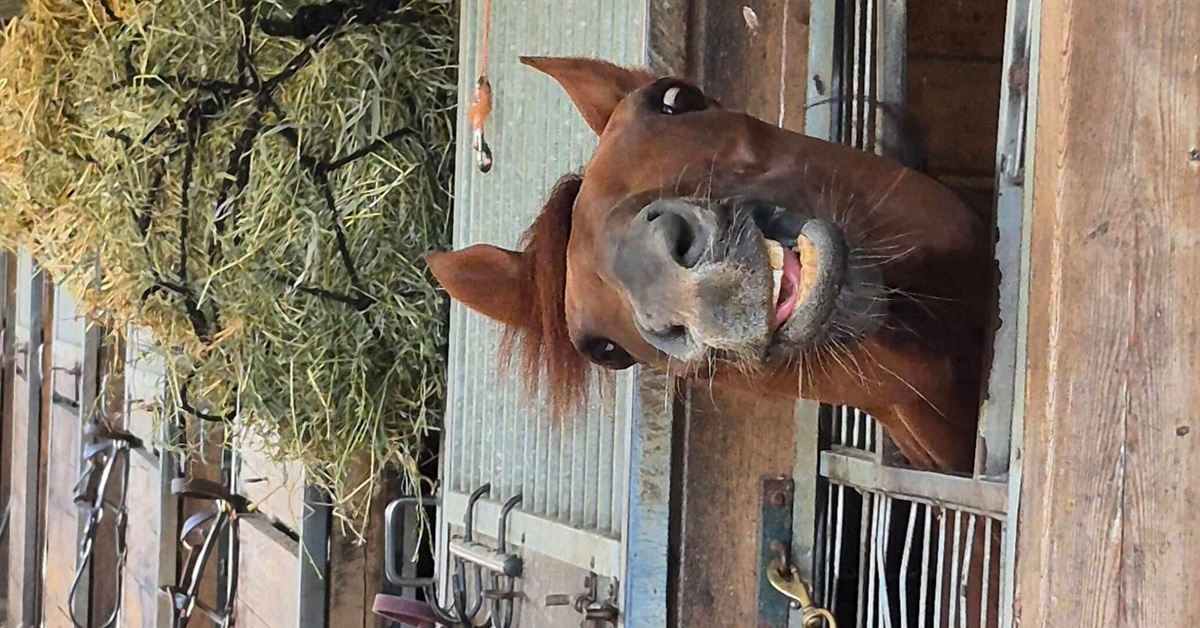Ottawa, ON – The Breeds & Industry Division of Equine Canada would like to inform all stakeholders that, due to the reported finding of horses infected with vesicular stomatitis (VS) in Arizona, US, the Canadian Food Inspection Agency (CFIA) has asked the United States Department of Agriculture (USDA) to suspend the issuance or endorsement of export certificates for horses and other equines for all end-uses originating from the state of Arizona.
The imposed restrictions on the import of equidae into Canada from Arizona is effective immediately. The CFIA has confirmed that the import restrictions only apply to live horse, donkey or mule imports and not to equine semen or equine embryo imports.
The USDA has also been asked to certify the following for horses and other equines from all other states as follows: “During the previous twenty-one (21) days, the animal(s) in this shipment has/have not been in the State of Arizona.”
It is strongly recommended that horse owners refrain from travelling to or transiting through Arizona with their horses. For horse owners who still want to export their horses to Arizona, it is important to note that they cannot bring them back to Canada on the original Canadian export certificate. Instead, it will be necessary that they bring their animals back to Canada with an import permit and a US health certificate containing supplementary certification or move their horses to an alternate state and establish residency in that state for at least 21 days prior to export to Canada. In the case of moving the horse(s) to an alternate state, the horse(s) will be returning to Canada on a US health certificate that includes a statement for non-residency in Arizona during the last 21 days prior to export to Canada (i.e. “During the previous twenty-one (21) days, the animal(s) in this shipment has/have not been in the state of Arizona”).
When supplementary certification is used, it must state that
• the horse(s) were inspected by a veterinarian within fifteen (15) days preceding the date of importation;
• The horse(s) have not been on a premises where Vesicular Stomatitis (clinical or serological) has occurred during the 60 days immediately preceding exportation to Canada, nor has this disease occurred on any adjoining premises during the same period of time; and
• The horses must have tested negative to Vesicular Stomatitis using a cELISA test, during the fifteen (15) days prior to the date of importation into Canada.
It is also important to note that various US states may also prohibit movement into state without permit/certification/testing/post-entry testing. The Canadian horse owner should check state requirements before movement.
Equine piroplasmosis related import restrictions for all equine originating from the states of Texas and New Mexico are also still applicable.
Current import requirements for equidae entering Canada may be found using the CFIA Automated Import Reference System (AIRS) at http://airs-sari.inspection.gc.ca. To determine specific import requirements for each horse, specific parameters that refer to each horse’s circumstances will need to be entered and customized import requirements will be provided.
Vesicular stomatitis is a disease that primarily affects cattle, horses and swine, and occasionally sheep and goats. Humans can be exposed to the virus when handling affected animals but rarely become infected. Vesicular stomatitis causes blister-like lesions in the mouth and on the dental pad, tongue, lips, nostrils, hooves, and teats. These blisters swell and break, leaving raw tissue that is so painful that infected animals show signs of lameness and generally refuse to eat and drink which results in severe weight loss. There is risk of secondary infection of the open wounds. Animals usually recover within 2 weeks. While vesicular stomatitis can cause economic losses to livestock producers, it is a particularly important disease because its outward signs are similar to—although generally less severe than—those of foot-and-mouth disease, which horses are not susceptible to. The only way to distinguish among these diseases in livestock other than horses is through laboratory tests.
The mechanisms by which vesicular stomatitis spreads are not fully known: insect vectors, mechanical transmission and movement of animals are probably responsible. Once introduced into a herd, the disease apparently moves from animal to animal by contact or exposure to saliva or fluid from ruptured lesions. Historically, outbreaks of vesicular stomatitis have occurred in southwestern United States during warm months and particularly along river ways. However, outbreaks are sporadic and unpredictable. (Source: USDA)
More News









